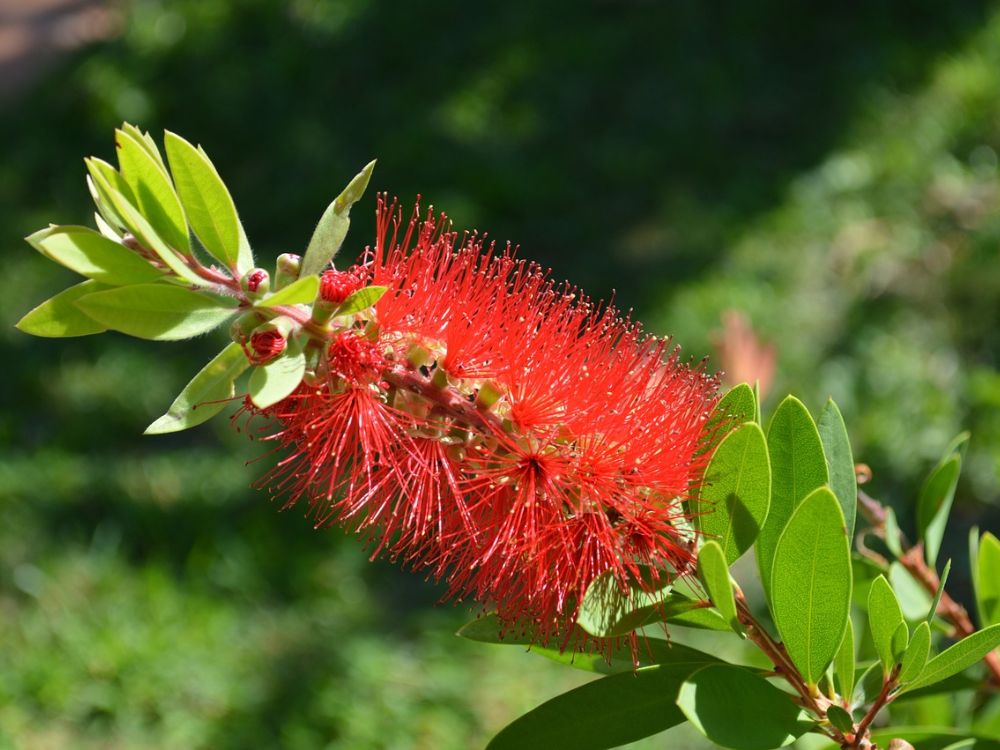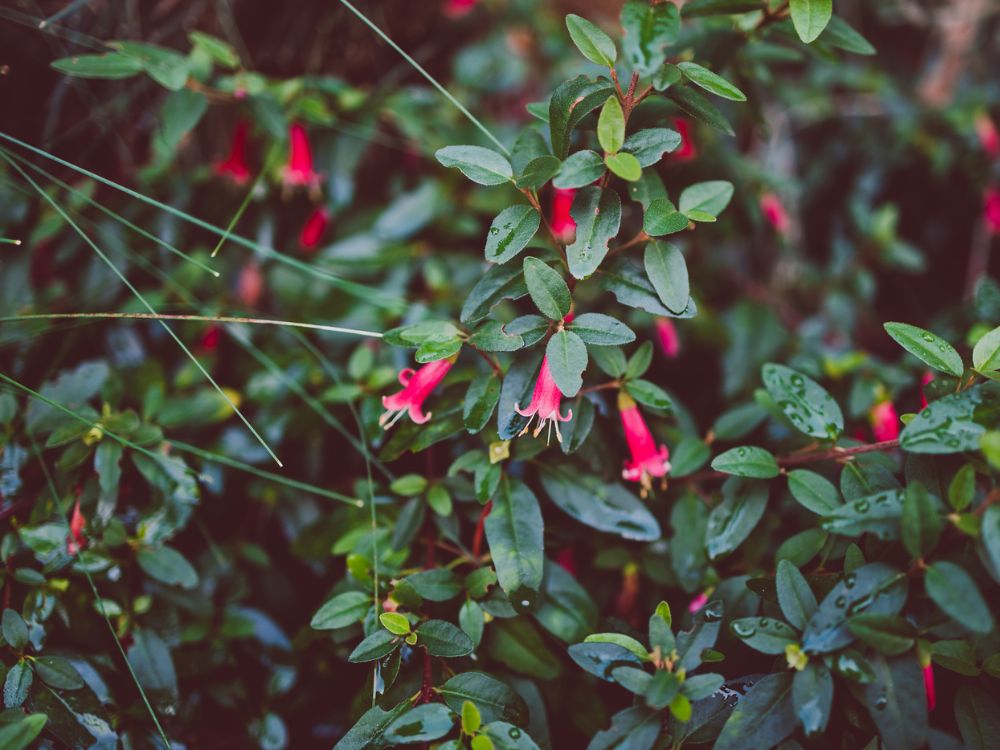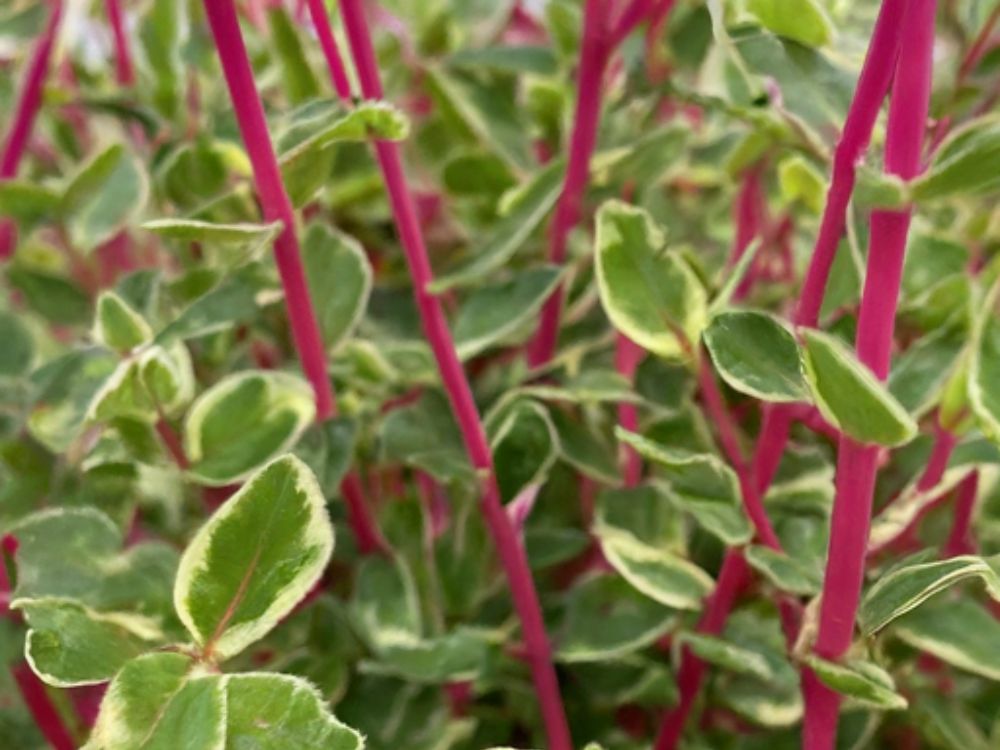Imagine transforming your garden into a stunning display of vibrant colors and textures, a sanctuary that captivates the eye and thrives effortlessly. Australian native shrubs, with their diverse and hardy nature, offer just that.
From the spectacular yellow flower heads of the Banksia Grandis to the low, dense foliage of the Banksia Marginata, these native plants are designed to flourish in various climates and soils, making them perfect for enhancing your outdoor spaces.
Whether you want to create a striking feature or a subtle background, Australian bushes can meet your needs with minimal maintenance. They’re particularly suited to coastal areas, where other plants may well struggle, and their ability to attract wildlife can bring your garden to life.
With the right selection, you’ll solve the puzzle of finding resilient, eye-catching plants and contribute to the local ecosystem. Dive into the world of Australian shrubs and discover how these robust beauties can redefine your garden landscape.
Popular Types of Australian Bushes
Australian bushes are renowned for their resilience and diversity, offering a range of options for any garden. Here, you’ll explore some standout species that are both beautiful and beneficial.
Acacia iteaphylla

Commonly known as the Flinders Range wattle, Acacia iteaphylla stands out with its greyish-green, weeping foliage and bold displays of bright yellow flowers.
It’s highly adaptable to various soil types, including those poorly drained, making it a versatile choice for your garden.
Adenanthos sericeus

Adenanthos sericeus, or woolly bush, is cherished for its soft, silvery foliage and red tubular flowers that attract nectar-loving birds. This bush is perfect as a striking specimen or a textural addition to coastal landscapes.
Callistemon

Known for their dramatic, brush-like flowers, Callistemon species, often called bottlebrushes, thrive in wet conditions and full sun. Their brilliant red blooms are not only a visual treat but also a magnet for wildlife, enhancing the biodiversity of your garden.
Correa

Also referred to as Australian fuchsia, Correa delivers beautiful bell-shaped flowers ranging from pink to red, depending on the variety. It’s an excellent choice for shaded gardens where other plants may well struggle.
Grevillea

With a wide range of sizes and colours, many Grevillea varieties are highly prized for their intricate, spider-like flowers and evergreen foliage. These plants are great for attracting birds and providing year-round interest.
Hypocalymma Cordifolium

This lesser-known gem, Hypocalymma Cordifolium, features delicate pink flowers that make it an enchanting addition to any garden, especially when looking to create a soft, romantic aesthetic.
Westringia

Westringia, commonly known as native rosemary, has dense, grey-green foliage that can withstand seaside conditions and drought, which makes it a robust choice for tough environments.
Additionally, its low-growing habit and ability to spread make it an excellent groundcover option for both aesthetic appeal and soil erosion prevention
Lilly Pilly

Due to its dense foliage and fast growth, Lilly Pilly is a popular choice for privacy hedges, screens, borders, and edging plants. The added bonus of colorful berries provides both visual interest and a food source for local birds.
Leucospermum

Known for their pincushion-like flowers, Leucospermum varieties are spectacular shrubs that bring a burst of colour and exotic charm to any setting. They thrive in sunny, well-drained spots.
Leucadendron

Leucadendron species are valued for their striking foliage, which changes colour throughout the seasons. They offer a dynamic visual element that complements both modern and traditional gardens.
Telopea speciosissima

Finally, Telopea speciosissima, commonly known as the waratah, features bold, red flowers that are considered iconic in Australian flora. This plant serves as a stunning focal point in any garden, combining visual appeal with cultural significance.
Choosing the Right Australian Shrubs for Your Garden
Selecting the perfect Australian native shrubs for your garden involves understanding specific growth requirements and environmental factors to ensure healthy plant life and a visually appealing landscape.
Factors to Consider
When deciding on Australian shrubs, consider the overall garden design, the purpose of the plants (such as privacy screens or aesthetic appeal), and the local wildlife they may well attract.
Your choices should enhance the existing garden ecosystem by bringing in plants that contribute both beauty and functionality. Next, think about the maintenance level you’re comfortable with; some shrubs may require more care than others.
Climate and Soil Requirements
Native Australian shrubs thrive under specific climatic conditions. For example, plants native to the arid and semi-arid areas will perform well in hot, dry locations, whereas those from coastlines and forests prefer more temperate and moisture-rich environments.
Testing the soil type in your garden is crucial as different shrubs have specific pH and nutrient demands. Amending your soil according to the needs of your chosen shrubs will help them establish more effectively.
Sunlight and Watering Needs
Sunlight is vital for the health of Australian shrubs. Full-sun positions are required by many native species to flourish, though some tolerate partial shade. Assess your garden’s light exposure and match shrubs that fit those conditions to avoid growth and flowering issues.
Consider incorporating drought-tolerant plants in sunny locations, as they will require less frequent watering.
Additionally, watering needs may vary significantly among different shrubs; some are drought-resistant, requiring minimal watering, while others may well need regular hydration to thrive. Always group plants with similar water requirements together to streamline your gardening efforts.
Planting and Caring for Australian Shrubs
Having explored the variety of Australian shrubs, it’s time to ensure they thrive in your garden. Here are some key practices to consider.
Tips for Planting
Choosing the right spot in your garden to plant Australian shrubs can significantly impact their growth and health.
Firstly, check the sunlight requirements for each species. For example, Banksia and Grevillea generally need full sun, while others like Westringia can tolerate part shade.
Secondly, ensure good drainage in the soil as waterlogged roots can lead to diseases.
Thirdly, when planting, give each shrub enough space to grow without crowding, as this encourages good air circulation and reduces disease risks.
Maintaining Healthy Shrubs
Regular maintenance is crucial for the vigour of your shrubs. Start with a proper watering schedule—deep watering less frequently is better than little and often, as it helps roots grow deeper and makes plants more drought-resistant.
Secondly, applying a native plant fertilizer in spring can promote healthy growth. Don’t forget to prune your shrubs annually to remove any dead or diseased wood and to encourage new growth.
Common Pests and Diseases
Australian shrubs, like all landscaping plants, can fall prey to various pests and diseases. Watch out for common issues like aphids on new growth, which can be controlled with eco-friendly insecticides or natural predators such as ladybirds.
Fungal diseases such as rust or powdery mildew often occur in humid conditions; increasing air circulation around plants and reducing overhead watering can help prevent these problems. For stubborn diseases, specific fungicides may be necessary, but always opt for options safe for native plants and wildlife.
This guided approach should help your Australian shrubs flourish, enhancing both the beauty and ecological balance of your garden.
Environmental Benefits of Australian Shrubs
Australian shrubs offer significant environmental advantages beyond their visual appeal. Let’s explore how these plants contribute to the ecosystem.
Contribution to Biodiversity
Australian shrubs play a crucial role in supporting biodiversity in gardens and natural landscapes. Species like Callistemon and Grevillea serve as vital food sources for pollinators, including native bees, birds, and butterflies.
By planting a variety of these shrubs, you’re creating essential habitats that offer shelter and nourishment to various wildlife, fostering a healthy and balanced ecosystem around your home.
Australian Shrubs in Erosion Control
Apart from their beauty, these shrubs excellently combat soil erosion. Their root systems stabilise the ground, particularly on slopes and banks, preventing soil from washing away during heavy rains.
This not only protects the soil but also reduces the sediment run-off into nearby waterways, which can be detrimental to aquatic life. Hardy shrubs like Westringia and Banksia are particularly effective, adapting well to harsh conditions while maintaining soil integrity.
Enhancing Air Quality
By incorporating Australian shrubs like Lilly Pilly and Leucadendron into your garden, you’re actively improving air quality. These plants play a pivotal role in capturing airborne pollutants and carbon dioxide, converting them into oxygen through photosynthesis.
This not only results in cleaner air but also contributes to lowering urban temperatures in the summer months, providing a cooler environment.
Image by tang90246 – anitasstudio/depositphotos
